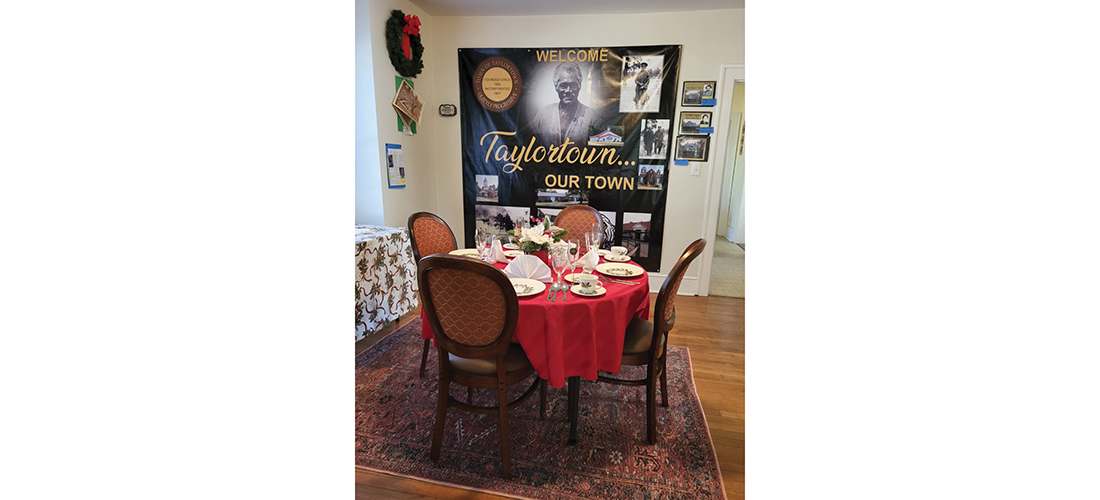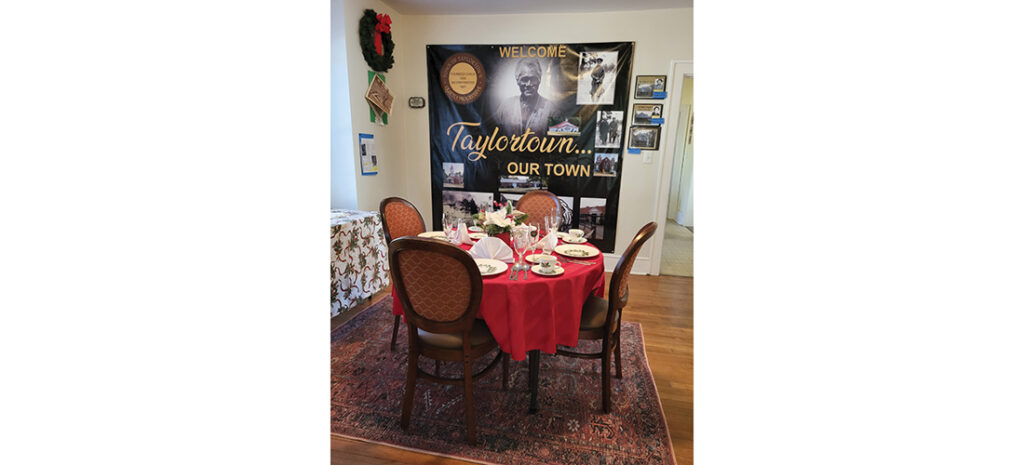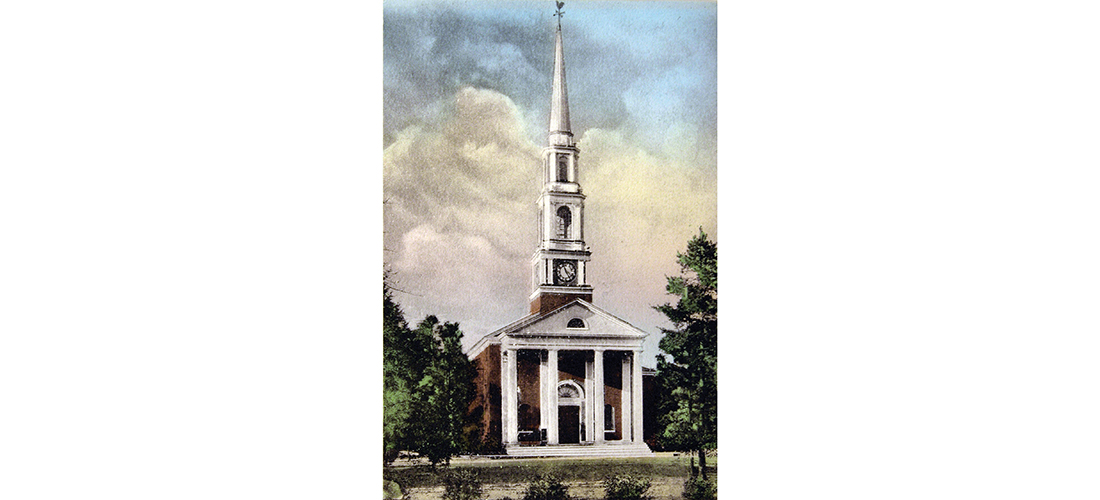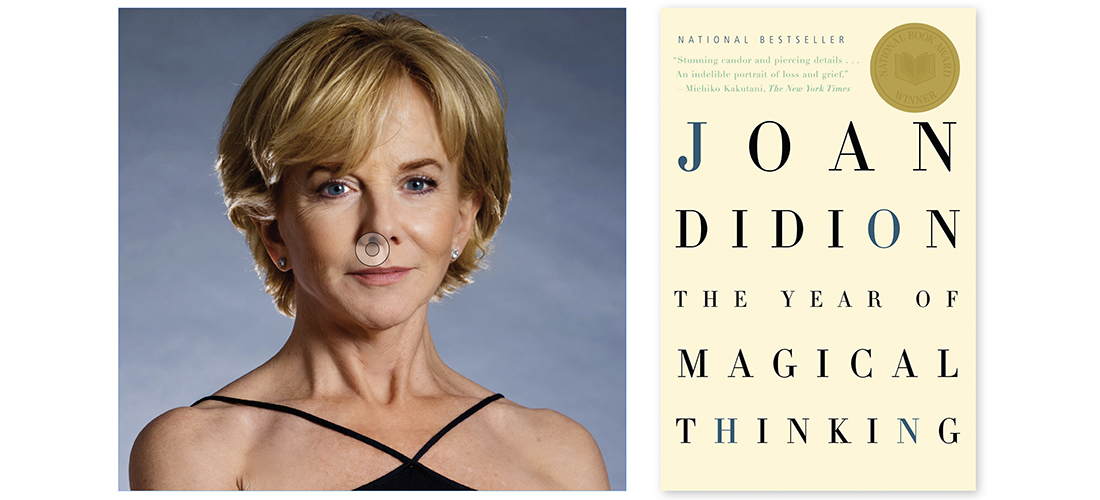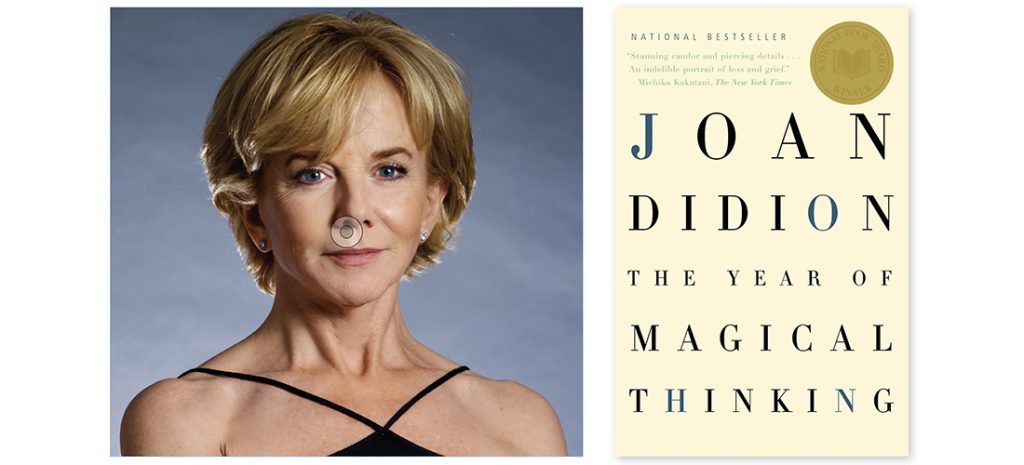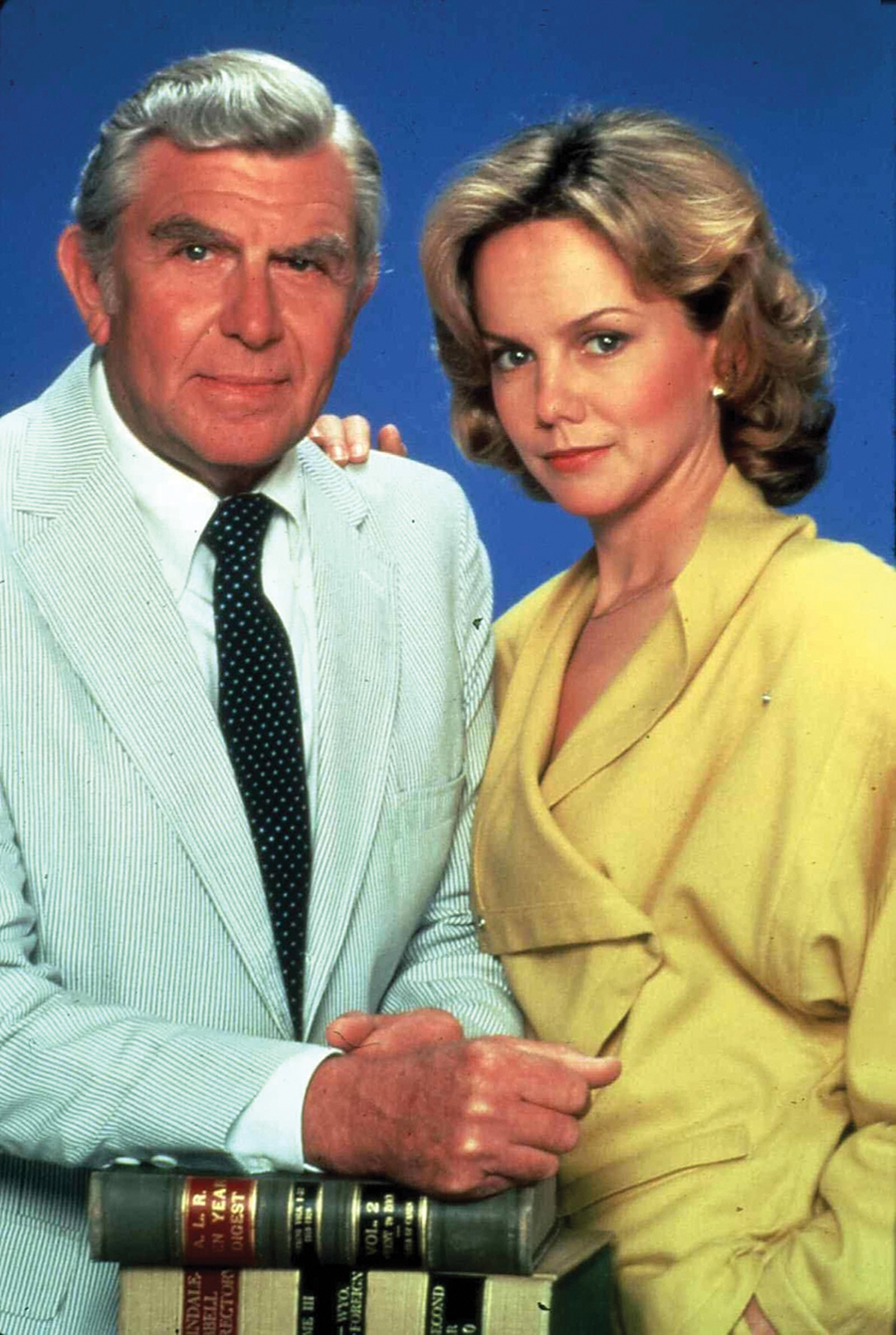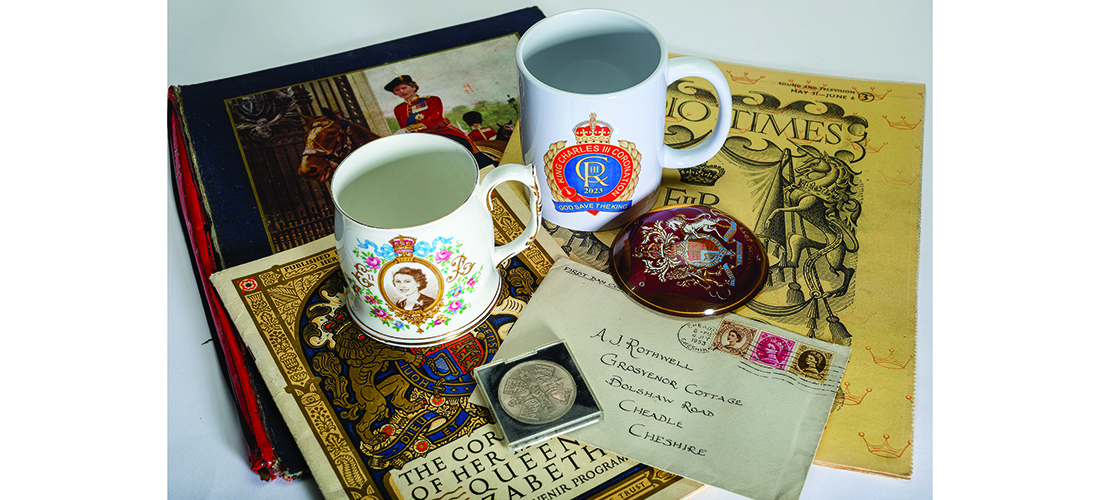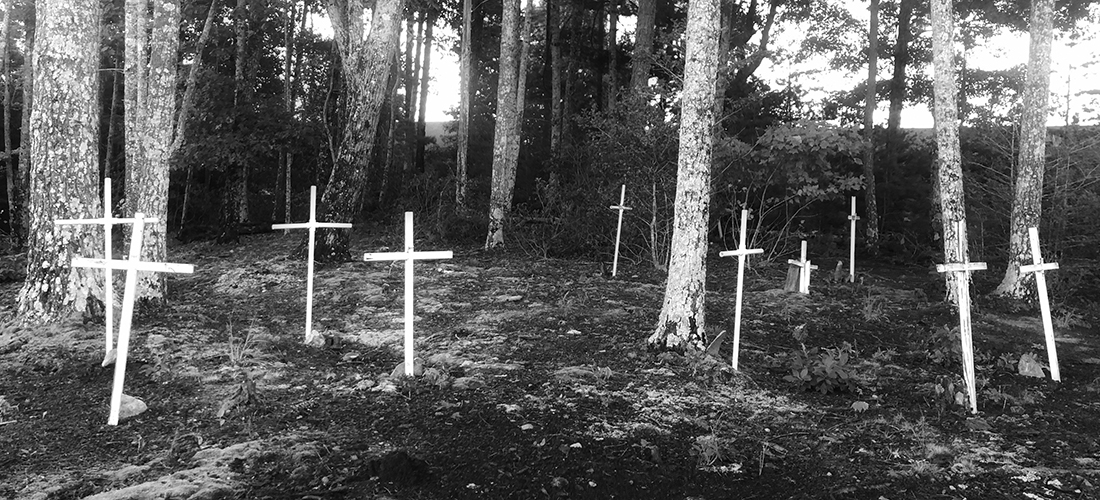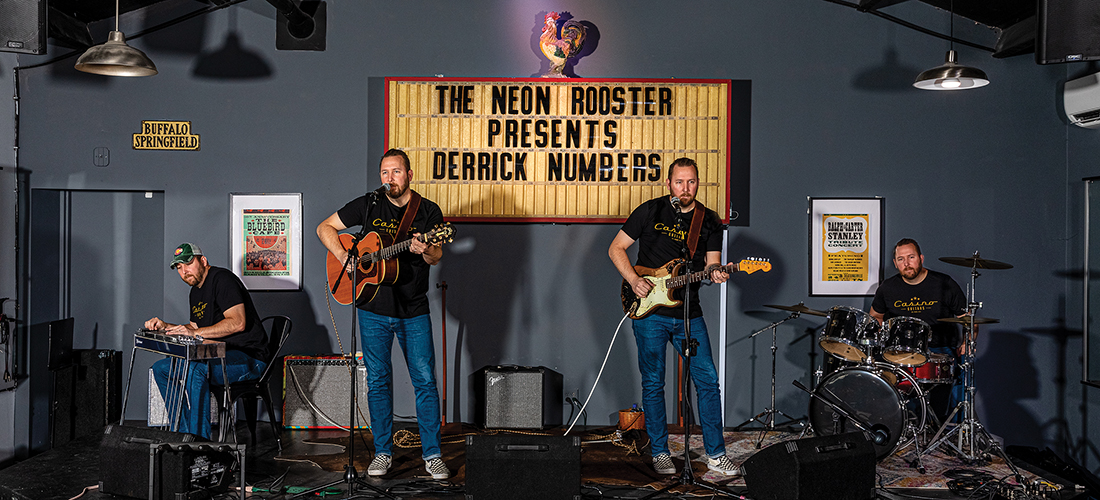CROSSROADS

Sweet Serendipity
The gift of friendship
By Joyce Reehling
Finding true friends is seldom easy, but sometimes it feels like destiny. I walked onto a plane some 40 years ago on my way to a job in New Zealand and, as it turned out, a friend for life was about to drop into the seat next to me.
I confess, I generally approach seatmates with caution. I’ve had men confess to me that they were lying to their wives about a “business trip” when actually they were off to meet someone they’d fallen in “love” with a month before. I’ve sat next to a child who would only stop crying if I played Uno with him for the entire flight. And I’ve been beside women who have filled me in on the personal details surrounding the lives of allll their children and grandchildren. There are times when earbuds and an eyeshade are a godsend.
Years ago I was flying PanAm — when it still existed — in what was one of the last, great first class cabin experiences. My seatmate was a woman, and there were two men in front of us. Before we took off the man in the window seat in front of me asked his seatmate if he would switch with the lady next to me, as she was his wife and they would like to fly together. Of course, the fellow said. He would be happy to accommodate them. A short, four-way conversation about seat bookings ensued, bodies unbuckled and moved, followed by polite thank-yous all around.
In that moment I didn’t realize I’d hit the jackpot. Randy Boyd was now sitting next to me. The ice-breaking small talk and quick game of musical seats lead us to a deeper conversation that lasted the entire flight from New York to L.A. We laughed and enjoyed one another for hours.
What began as a lovely day of chatting and eating superior airline food — hard to believe now — ended with promises of visits. He wanted to meet me in the PanAm lounge on my layover back to NYC in a few weeks, back in the pre-9/11 days when such a thing was possible. We made plans for meeting the people we each loved. I had recently started dating the man who was to become my darling husband and, as Randy frequently came to NYC, I knew they would enjoy one another no end. And it all came true over nearly four decades of life’s fickle ups and downs.
COVID kept us apart, as it did so many, but we texted and talked online. Randy and I hadn’t seen one other in person since the summer of 2017 when I was visiting the United Kingdom with a friend and we rented a cottage from his sister Cindy and her husband, Nick, who live in Braybrooke with property in the Cotswolds. In 2024 my darling husband, Tony, was doing well with his cancer treatment until a single-cell form of cancer suddenly appeared and reversed our course. We could not know then that Tony would pass on July 4th of that year — blessedly peaceful and at home with me, as he wished. The word devastated doesn’t come close. My dear friends here were my salvation and family, both mine and Tony’s, held me up.
We had been invited to Randy and Mark’s wedding, though we knew Tony wasn’t well enough to make the trip, and it pained us not to be with them. When Tony died two weeks before the wedding, Randy could not bear to be away from me, and although he had so much still to do, he came for a week to uplift me and share in our mutual loss.
That love and empathy and caring was borne out of a simple seat assignment. On his visit, Randy fell in love with Pinehurst, Southern Pines and our whole area. He and Mark married and came for a visit in December, which is a great time to sell how wonderful it can be here. I decorated my house for Christmas — which I did not think I had the bandwidth to do — so that they might, crazy as it sounded, consider leaving Palm Springs for Pinehurst. It was worth a charm offensive.
And it worked. One of my dearest friends now lives a little over a mile away when he used to live 3,000 miles across the country, and Mark has added more joy to my life. I think Tony might have had a celestial hand in it.
If there is a lesson to be learned, it is this: Be open to the happy accidents of life. Be open to the joy that people can bring. You can never tell what little event might give you the chance to have a huge chunk of love deposited in your spiritual account. When you see an open door to a good soul walk through it. Your best friend may be right there in front of you.





